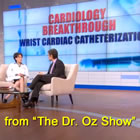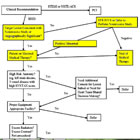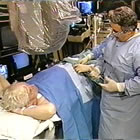
Dr. Oz interviews Dr. Jennifer Tremmel about Transradial Angioplasty
Today, Dr. Oz featured cardiac catheterization, angioplasty, and stents from the wrist on his afternoon TV show. Billed as part of his series, “Dr. Oz’s Ultimate Insider’s Guide: The Newest Medical Breakthroughs,” Mehmet Oz interviewed Dr. Jennifer Tremmel, Director of Transradial Interventions at Stanford Medical Center, Clinical Director of Women’s Heart Health at Stanford Clinic and friend of Angioplasty.Org (you can read my interview with Dr. Tremmel in our Transradial Center). Continue reading

 The
The 
 Partnering with informed patients is a central tenant of the newly released joint
Partnering with informed patients is a central tenant of the newly released joint 



